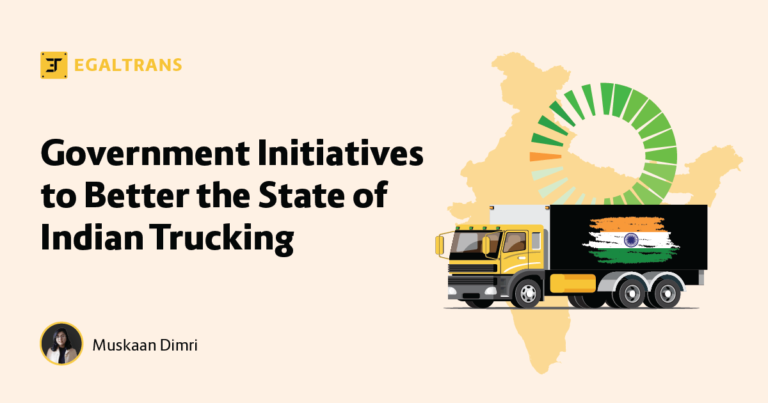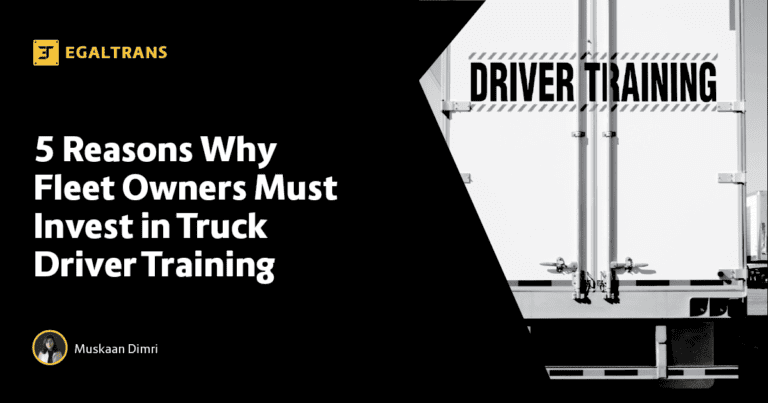Driver monitoring, also known as Driver Monitoring System (DMS) or Driver Attention Monitor, is an advanced safety technology incorporated into many modern vehicles, particularly in fleet management and autonomous driving systems. It is a type of technology used in tracking and analysing drivers’ behaviour while they are operating a vehicle. It’s often utilised by fleet management companies, ride-sharing services, or any business that relies heavily on transportation and wants to ensure the safety and efficiency of their drivers.
Driver monitoring technology can be seen as both a necessary tool and a method for managing drivers. From the perspective of necessity, driver monitoring can play a crucial role in enhancing safety on the roads. It enables fleet managers to receive real-time data about a driver’s behaviour, such as speed, braking patterns, or signs of fatigue, and intervene when necessary to prevent accidents. With this technology, fleet managers can also coach drivers to improve their driving habits, ultimately fostering a culture of safety within the company.
However, driver monitoring can also be seen as a way of managing drivers. It provides fleet managers with a clear understanding of how, when, and where their vehicles are being used. This can help optimise operations, reduce fuel consumption, deter vehicle misuse, and minimise unauthorised use of vehicles. At the same time, it’s important to manage this capability responsibly and transparently, respecting drivers’ privacy rights, and using the technology primarily as a tool for enhancing safety and efficiency, rather than for punitive or excessively intrusive surveillance.
Driver Monitoring a boon or a bane for Truck Drivers?
In an era marked by rapid technological advancements, the trucking industry is experiencing an increasing trend: an intensifying focus on driver monitoring. Fleet owners are adopting sophisticated technologies to keep a close eye on their drivers, a move that raises critical questions about the future of trucking.
However, this trend doesn’t come without concerns. There is more than one reason why fleet owners are obsessed with driver Monitoring not just for the concern of their fleets but to keep an eye on the drivers and their whereabouts which can lead to internal issues such as :
- Privacy is at the forefront, with drivers often feeling uneasy about constant surveillance. The feeling of being ‘watched’ can increase job stress and may potentially undermine trust between drivers and fleet owners.
- Autonomy: Truck drivers often take pride in their ability to manage their responsibilities independently. Constant monitoring can make them feel less autonomous, reducing their job satisfaction.
- Pressure and Stress: Knowing they are always under surveillance can lead to increased stress and pressure to perform perfectly, which can in turn lead to fatigue or burnout.
- Trust Issues: Constant monitoring can also create a sense of mistrust between drivers and management. Drivers might feel that they are not trusted to do their jobs effectively.
- Distracting: Some monitoring systems, especially those with in-cab cameras or alerts, might distract drivers, potentially compromising safety.
- Impact on Morale: Feeling constantly watched might lower the morale of drivers, affecting their job performance and their overall job satisfaction.
Addressing these concerns is crucial, and it involves clear communication about what is being monitored, why, and how the data will be used.
Role Of Policy Makers
Regulations also play a critical role in shaping this landscape. Government agencies and industry bodies are grappling with the implications of these technologies and working on legislation to balance safety, efficiency, and privacy concerns. For instance, rules may be needed to prevent misuse of driver data or to ensure that safety systems meet certain standards.
Policy makers are actively working with industry stakeholders, privacy advocates, and labor organizations to balance the benefits of monitoring technologies with the need to protect individual privacy rights, following are some steps been undertaken:
- Regulation: Laws and regulations are being created to limit how and when monitoring technology can be used. This includes regulations on data storage, usage, and sharing.
- Consent: Legislation is being crafted to require employers to obtain consent from drivers before implementing monitoring technology. This allows drivers to have a say in whether they are comfortable with being monitored.
- Transparency: Policy makers are pushing for rules that require companies to be transparent about the type of data they collect, how it’s used, and who it’s shared with.
- Data Protection: Policies are being put in place to ensure that data collected from driver monitoring technologies is protected from unauthorized access and misuse such that the data is not misused by any party.
All these steps have been undertaken by many companies in order to provide comfort to their drivers, but still such policies have not been implemented in smaller fleets and rural areas. For this to happen proper planning and training is necessary in order to put forward the essential role of driver monitoring and to promote its correct usage in the trucking industry.
Ethical Implementation of Policies By Manufacturers
As responsible manufacturing companies such as TATA, Ashok Leyland, Mahindra and many more should understand their duty in the correct implementation of driver monitoring solutions and not just for the harassment of truck drivers. They can take several measures to ensure these technologies are used to enhance safety and efficiency, not to harass drivers:
- Design with Privacy in Mind: The manufacturers can design systems in a way that respects driver privacy. This can include anonymizing data, implementing strong encryption, and ensuring data is only collected when necessary and shown to a single person in command.
- Partnerships with Stakeholders: Truck manufacturers can collaborate with drivers, owners, unions, and regulatory bodies when designing and implementing these systems. This can help ensure that the systems are beneficial and acceptable to all parties involved. They can take their critics and include them in designing a much better system.
- System Control: Truck manufacturers can design their monitoring systems to allow drivers or fleet managers to have some control over the settings. This could include the ability to adjust alert thresholds or to disable certain features when not needed.
In conclusion, the increasing adoption of driver monitoring systems by fleet owners marks a critical juncture in the trucking industry. While these technologies promise numerous benefits, including improved safety and efficiency, they also raise serious concerns about drivers’ privacy and job satisfaction. The future of the industry will depend on how well these two aspects are balanced. Successful implementation will require collaboration between manufacturers, fleet owners, policy makers, and drivers to ensure these systems are used ethically and responsibly.
Furthermore, it is imperative that all stakeholders engage in open, transparent dialogue about the use of these technologies. By doing so, we can harness the potential of driver monitoring systems to enhance the trucking industry, while ensuring the rights and dignity of truck drivers are respected.





